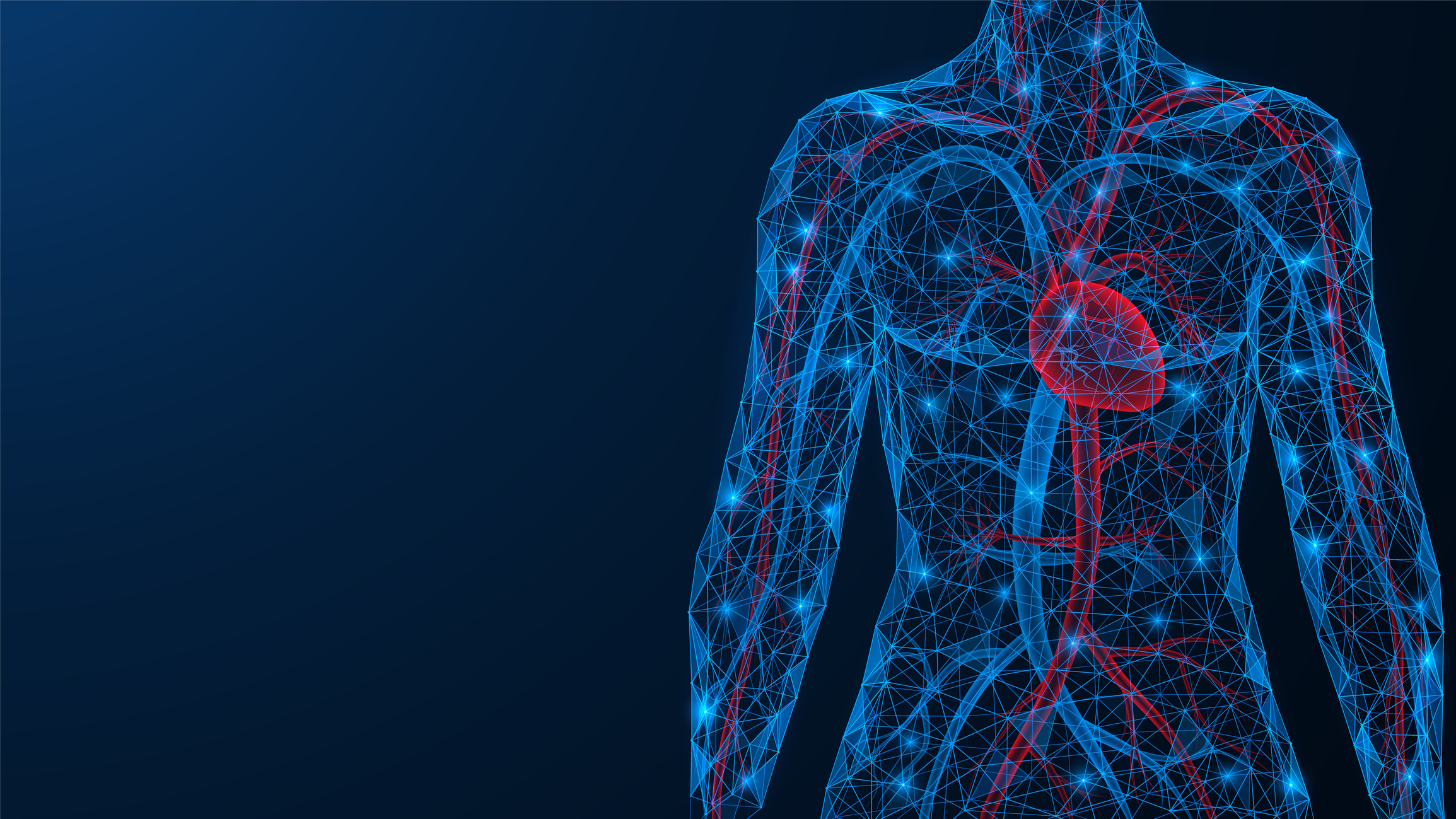Vascular Resistance and Blood Pressure Measurement using Combined Piezoelectric and Photoplethysmogram Measurement
TECHNOLOGY NUMBER: 2022-065

OVERVIEW
Enhanced blood pressure measurement using piezoelectric, photoplethysmogram sensors, and vascular resistance estimation
- Provides more accurate blood pressure readings by integrating systemic vascular resistance estimation
- Medical diagnostics, wearable health monitors, critical care settings
BACKGROUND
Accurate blood pressure measurement is critical in diagnosing and managing cardiovascular diseases. Traditional cuff-based methods often suffer from significant errors, with inaccuracies reaching about 15%. Historically, efforts to enhance measurement accuracy have involved analyzing arterial motion and sensor responses, but these approaches offered limited reliability and precision. Furthermore, existing commercial systems lack a robust method for monitoring peripheral vascular resistance, a key parameter impacting blood pressure readings. Research-level advancements, such as the Finopres finger-cuff monitor, have attempted to address this but with limited success and accuracy. Consequently, there is a pressing need for more reliable and precise blood pressure monitoring systems that can account for and integrate vascular resistance metrics.
INNOVATION
This invention leverages the comparative changes in amplitude of piezoelectric and photoplethysmogram sensors under a blood pressure cuff to estimate peripheral vascular resistance (SVR) and refine blood pressure measurements. By analyzing the characteristic behaviors of these sensors during cuff deflation, we estimate SVR and use this information to achieve more accurate blood pressure readings. Unlike existing methods, our approach incorporates the systemic vascular resistance parameter, significantly enhancing the precision of cuff-based blood pressure measurements. The technology can be deployed in various real-world applications, including medical diagnostics, wearable health monitors, and critical care settings, where accurate blood pressure readings are essential for effective patient management and treatment outcomes.
ADDITIONAL INFORMATION
REFERENCES:
Wang, L., Ansari, S., Cai, Y., McCracken, B., Hakam Tiba, M., Ward, K. R., Najarian, K., and Oldham, K. R. (February 21, 2022). "Tracking Peripheral Artery Motion and Vascular Resistance With a Multimodal Wearable Sensor Under Pressure Perturbations." ASME. J Biomech Eng. August 2022; 144(8): 081003. https://doi.org/10.1115/1.4053399